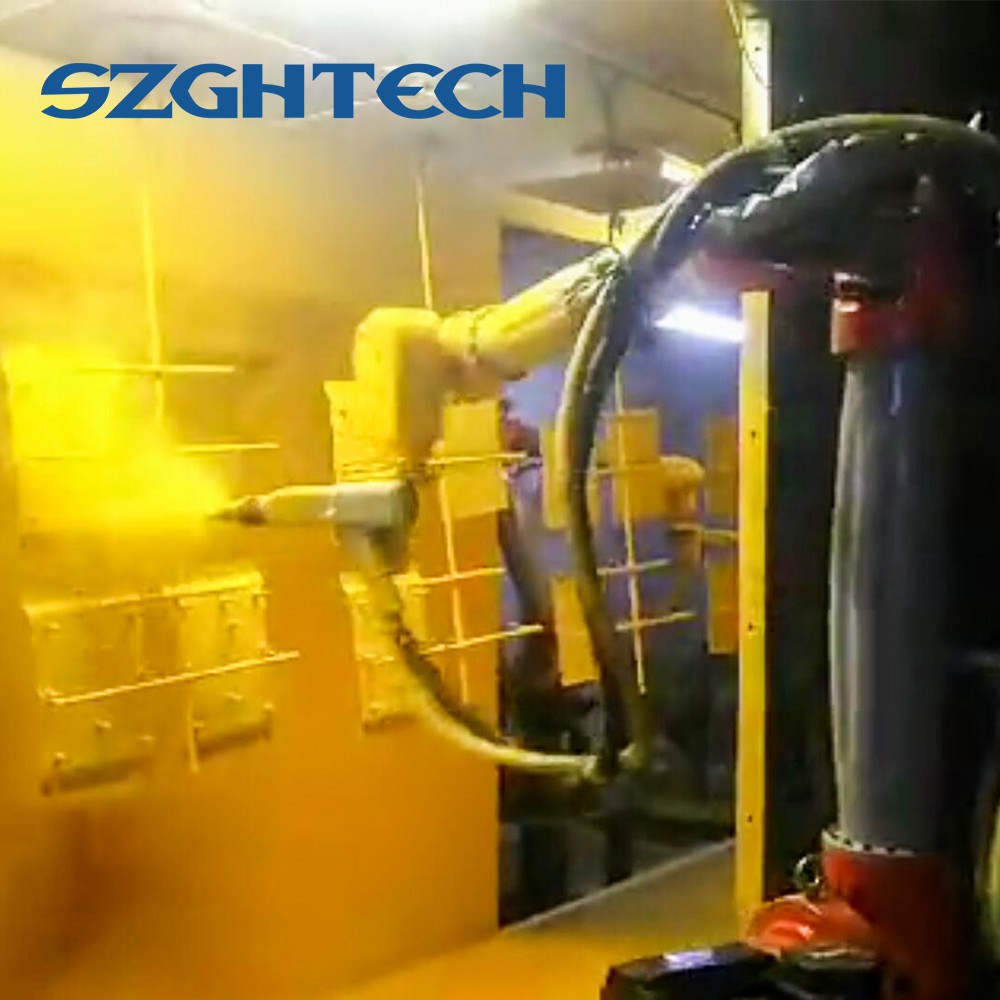Industrial robotic arms can become more intelligent through the use of advanced technologies such as:
1) Artificial Intelligence (AI): AI can be used to enhance the intelligence of robotic arms by enabling them to learn from data and make decisions based on that learning. AI algorithms, such as deep learning, can help robotic arms recognize objects and patterns, and adapt to changing environments.
2) Machine vision: Machine vision technology can be used to give robotic arms the ability to see and recognize objects, measure distances, and identify defects in products. This information can then be used to improve the precision and accuracy of the robotic arm.
3) Sensing technologies: Sensors such as force/torque sensors and tactile sensors can provide robotic arms with the ability to detect and respond to physical changes in the environment, enabling them to adapt to changing conditions and handle delicate materials with greater care.
4) Collaborative robotics: Collaborative robotics involves the use of robotic arms that work safely alongside human operators. By incorporating sensors and other safety features, collaborative robotic arms can perform tasks more intelligently by working in concert with human operators.
5) Internet of Things (IoT): IoT technology can be used to connect robotic arms to a larger network, allowing them to communicate with other machines and devices. This can enable robotic arms to receive real-time data on product quality, production rates, and other important metrics, allowing them to adjust their actions to optimize performance.
6) Autonomous operation: Robotic arms can become more intelligent by enabling them to operate autonomously, without the need for human input. This can be achieved through the use of advanced AI algorithms and machine vision technologies, which can enable the robotic arm to perform tasks without constant supervision.

Overall, incorporating these advanced technologies can help industrial robotic arms become more intelligent, allowing them to operate more efficiently, precisely, and autonomously, leading to increased productivity and profitability for manufacturers.

